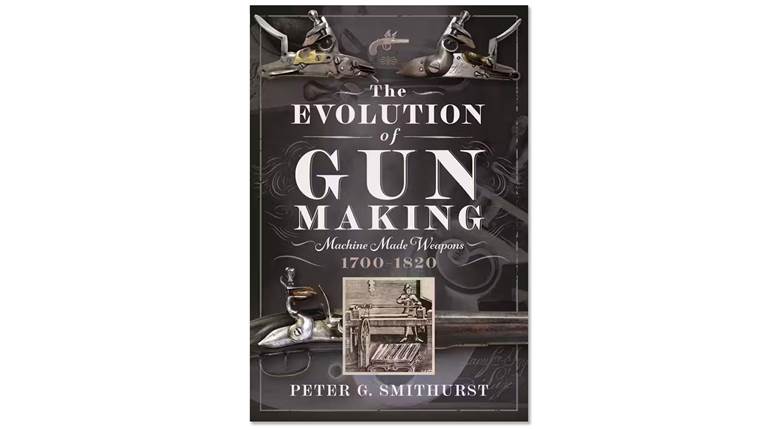
In his new book, Revolver, Jim Rasenberger uses sweeping prose to tell the story of Samuel Colt and his quest to bring his idea for a revolving firearm to market. The author also effectively makes the connection between Colt and mass production vis-à-vis Sam Walker and Eli Whitney, Jr., acknowledging that it was the manufacture of firearms in 1847 that helped make American industry the giant it would eventually become.
Revolver is a masterpiece of historical narrative that is large in scope, providing the reader with colorful background into the multitude of events swirling around its true-life cast of sympathetic characters. Many previous biographies of Colt have been limited to lionizing tributes penned via ghost writer by his widow or volumes written by “gun guys” who were more interested in makes, models and years produced than in the bigger picture of who actually made these things happen and how. But Rasenberger was able to capture the nuances of what made Colt firearms different, and clearly illustrates how the man’s never-give-up work ethic finally made Colt a success a full 17 years after Anson Chase first ’smithed a working model of a single-barreled revolver in 1831 for the then-18-year-old man.
What we have come to view as the American system of manufacturing—using interchangeable parts and assembly line production—and the Industrial Revolution, in general, owe Colt a huge debt of gratitude. It was his company producing hundreds of thousands of revolvers, each bearing the Colt name, that initially spurred the industrialization of America.
He was the man who, facing a perfect storm of crisis and opportunity, made history through sheer dogged determination (with a small bit of felonious graft on the side), and his story is well told by Rasenberger. The biggest takeaway from Revolver is not so much how the guns were used, but that it was how they were made that changed America. Hardbound. 6"x9", 448 pp., Price: $30. simonandschuster.com.






































